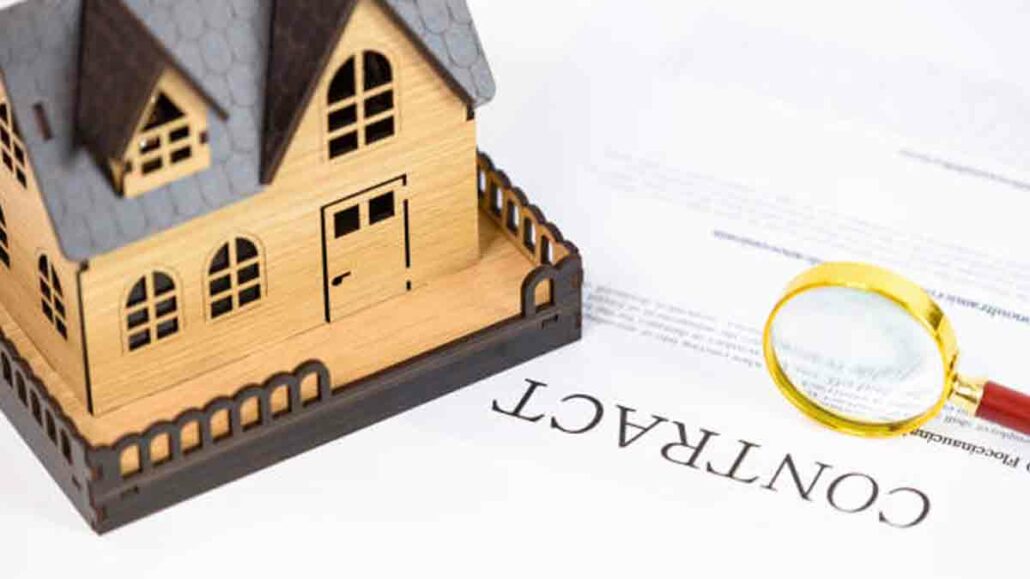Coverage E, a vital component of homeowners insurance policy, offers protection against personal liability claims. This coverage acts as a safety net, safeguarding you from financial ruin in the event of an accidental injury or property damage caused by you or members of your household. Imagine a guest slipping on your icy driveway and sustaining injuries. Coverage E would help cover the medical expenses and any legal fees associated with the incident.

Beyond accidents on your property, Coverage E also extends to your personal actions off-premises. Suppose you accidentally damage a neighbor’s fence while mowing your lawn or injure someone in a car accident. In that case, this coverage can provide financial assistance for the resulting damages and legal costs.
What is Coverage E?
Coverage E is a part of a homeowners insurance policy that provides liability protection. It covers you for accidental injuries or property damage caused by you or members of your household. This means that if someone gets hurt on your property or you accidentally damage someone else’s property, Coverage E can help pay for medical expenses, legal fees, and any resulting damages.
About Coverage E:
- Broad Protection: Coverage E extends to accidents that occur both on and off your property. This includes incidents like someone slipping on your icy driveway, your dog biting a neighbor, or even accidental damage to a neighbor’s fence while mowing your lawn.
- Financial Relief: If you are found liable for an accident, Coverage E can help cover the costs of medical expenses, property damage, and legal fees associated with the claim.
- Essential for Homeowners: Given the potential for accidents and the high costs of legal battles, Coverage E is considered a vital component of comprehensive homeowners insurance.
How Coverage E Differs from Other Coverages:
While Coverage E provides liability protection, it differs from other types of homeowners insurance coverage in the following ways:
- Coverage A (Dwelling Coverage): This covers the structure of your home and any attached structures.
- Coverage B (Other Structures): This covers structures on your property that are not attached to your home, such as detached garages or sheds.
- Coverage C (Personal Property): This covers your belongings inside your home and on your property.
- Coverage D (Loss of Use): This covers additional living expenses if your home becomes uninhabitable due to a covered loss.
What Does Coverage E Cover?
Coverage E, or personal liability coverage, provides protection for a variety of accidental injuries or property damage caused by you or members of your household. Here are some specific scenarios covered by Coverage E:
- Dog Bites: If your dog bites someone, Coverage E can help cover the medical expenses and any legal fees associated with the incident.
- Property Damage Caused by Pets: If your pet accidentally damages someone else’s property, such as knocking over a vase or scratching a piece of furniture, Coverage E can help cover the repair or replacement costs.
- Slip and Falls: If someone slips and falls on your property, Coverage E can help cover their medical expenses and any resulting legal claims.
- Accidents Involving Guests: If a guest is injured while visiting your home, Coverage E can provide financial assistance for their medical expenses and any legal claims.
- Accidental Property Damage: If you accidentally damage someone else’s property, such as backing into their car or knocking over a fence, Coverage E can help cover the repair or replacement costs.
- Personal Actions Off-Premises: Coverage E extends to your actions outside of your home. For example, if you accidentally injure someone while playing a sport or damage a neighbor’s property while mowing your lawn, Coverage E can provide financial assistance.
It’s important to note that while Coverage E provides liability protection, your policy may have specific exclusions or limitations.
Coverage E Exclusions
While Coverage E provides broad liability protection, some certain situations or events are typically not covered. These exclusions may vary depending on your specific insurance policy, but some common examples include:
- Intentional Acts: Coverage E does not cover intentional acts of harm or property damage. For example, if you deliberately damage someone’s property or injure someone, Coverage E will not apply.
- Business Activities: Coverage E generally does not cover injuries or property damage related to business activities conducted from your home. If you operate a business from your home, you may need additional commercial insurance.
- Professional Liability: Coverage E does not cover professional liability claims arising from your occupation or profession. For example, if you are a doctor and a patient sues you for medical malpractice, Coverage E would not apply.
- Water Damage: Coverage E typically does not cover water damage caused by flooding or sewer backups. These types of losses may require additional coverage, such as flood insurance or sewer backup coverage.
- Earthquakes and Other Natural Disasters: Coverage E generally does not cover damage caused by earthquakes, hurricanes, tornadoes, or other natural disasters. These types of losses may require separate coverage.
Tips for Preventing Pet-Related Accidents
Determining the appropriate amount of Coverage E coverage depends on several factors, including your personal assets, lifestyle, and risk tolerance. Here are some key considerations:
- Assess Your Assets: Consider the value of your home, personal belongings, and other assets. If you have significant wealth, you may want to increase your Coverage E limits to protect your assets from potential lawsuits.
- Evaluate Your Lifestyle: Think about your daily activities and hobbies. If you participate in high-risk activities or frequently entertain guests, you may need higher Coverage E limits to protect yourself from potential accidents.
- Consider Your Risk Tolerance: Assess your comfort level with financial risk. If you are concerned about the potential for large lawsuits, you may want to choose higher Coverage E limits to provide greater peace of mind.
- Consult with Your Insurance Agent: Your insurance agent can help you evaluate your specific needs and recommend appropriate Coverage E limits. They can also provide information on the costs associated with different coverage levels.
General Guidelines
While there are no hard and fast rules for determining the ideal Coverage E limits, many experts recommend purchasing coverage that is at least equal to the value of your home. However, if you have significant assets or a high-risk lifestyle, you may want to consider higher limits.
How to Choose the Right Coverage E Limits
Coverage E, or personal liability coverage, is a crucial component of your homeowners insurance policy. It protects you against lawsuits arising from accidental injuries or property damage caused by you or members of your household. Determining the appropriate amount of Coverage E coverage is essential for your financial security.
Here are some factors to consider when choosing your Coverage E limits:
- Your Net Worth: The more assets you have, the higher your Coverage E limits should be. This ensures that you have sufficient coverage to protect your wealth in case of a significant lawsuit.
- Your Lifestyle: If you frequently entertain guests, have pets, or participate in high-risk activities, you may need higher Coverage E limits. These activities increase the likelihood of accidents and potential lawsuits.
- Your Risk Tolerance: Consider your comfort level with financial risk. If you are concerned about the potential for large lawsuits, you may want to choose higher Coverage E limits to provide greater peace of mind.
- State Requirements: Some states have minimum liability coverage requirements for homeowners insurance. Be sure to check your state’s laws to ensure you meet the minimum requirements.
- Umbrella Insurance: An umbrella insurance policy can provide additional liability coverage beyond your homeowners insurance policy. If you have significant assets or a high-risk lifestyle, an umbrella policy can offer extra protection.
General Guidelines:
- Standard Coverage: Many homeowners insurance policies offer a standard Coverage E limit, such as $100,000 or $300,000.
- Customizable Limits: You can often customize your Coverage E limits to suit your specific needs.
- Professional Advice: Consult with your insurance agent to determine the appropriate Coverage E limits based on your circumstances.
FAQs
What is the typical coverage limit for Coverage E?
The coverage limit for Coverage E varies depending on your insurance policy. However, it’s generally recommended to have a coverage limit that is sufficient to cover potential legal costs and settlements in case of a significant liability claim.
Does Coverage E cover intentional acts?
Coverage E typically does not cover intentional acts of harm. If you intentionally cause injury or property damage, your insurance company may not provide coverage.
Does Coverage E cover liability for business activities?
If you conduct business activities from your home, you may need additional insurance coverage to address liability risks associated with those activities.
Can I increase my Coverage E limit?
You can often increase your Coverage E limit by paying a higher premium. This can be beneficial if you have a higher risk of liability or if you want to protect yourself against significant claims.
Does Coverage E cover liability for online activities?
While Coverage E may provide some protection for online activities, it’s important to review your policy carefully to understand the specific coverage limits and exclusions related to online liability.

